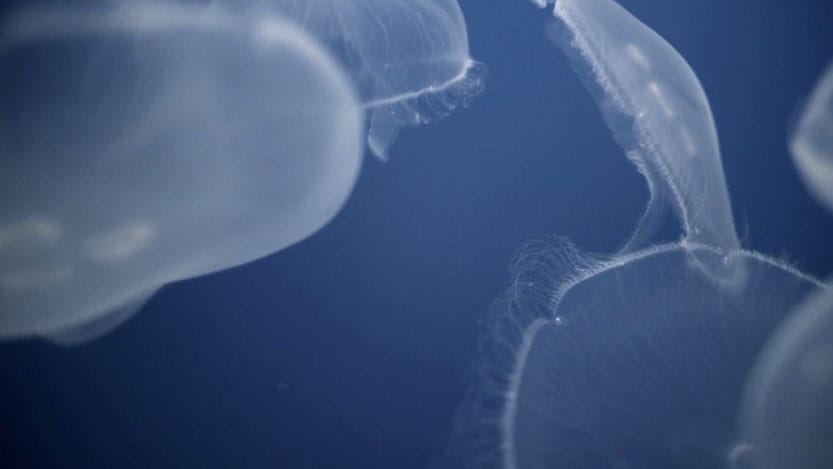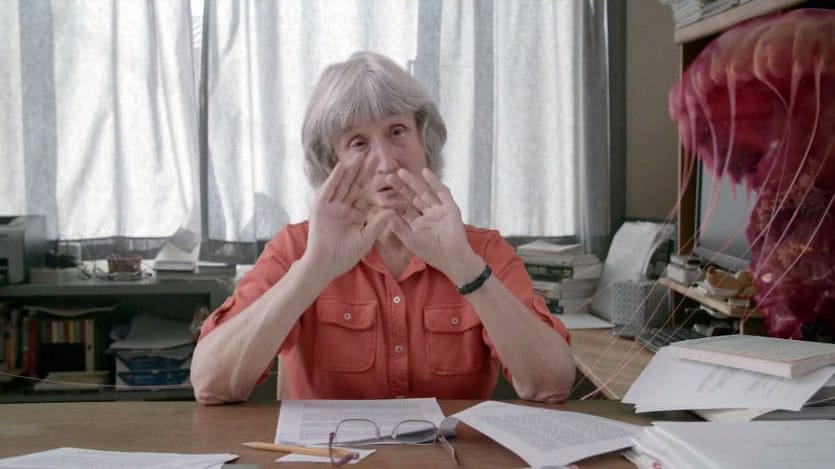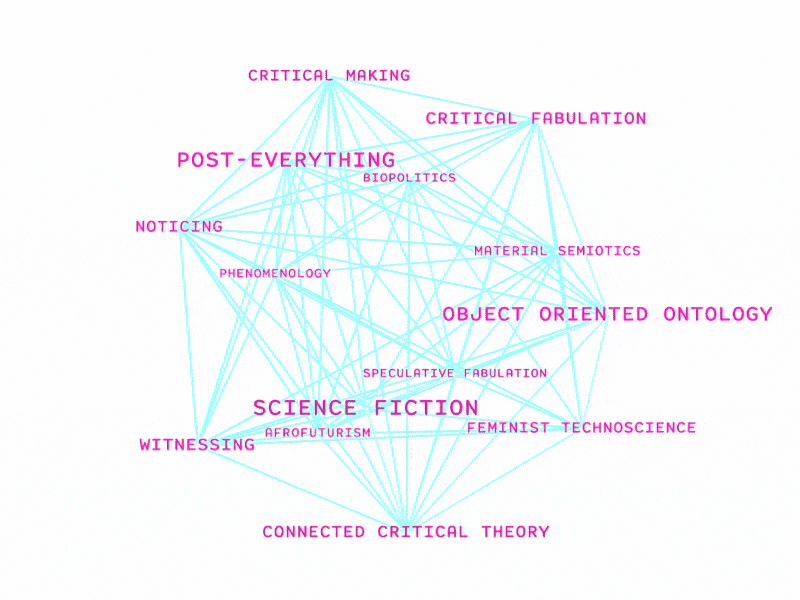The Anthropocene & Fabulation
According to Wikipedia, the “Anthropocene”—from anthropo, for “man,” and cene, for “new” is a proposed epoch dating from the commencement of significant human impact on the Earth's geology and ecosystems, including, but not limited to, anthropogenic climate change. The term was popularized by the Nobel laureate Paul Crutzen in 2000.
The International Union of Geological Sciences (IUGS) which is the professional organization in charge of defining Earth’s time scale, considered the Earth to be in the Holocene (“entirely recent”) epoch until a meeting in August 2016. The Holocene began 11,700 years ago after the last major ice age. Goodbye Holocene, hello Anthropocene.
Anthropocene seems so hot right now (ha!). I heard the term bantered around the museum engagement symposium during the Q&A’s. As I researched this post, I found many peer reviewed papers and articles regarding the Anthropocene and Elsevier has launched an academic journal titled and dedicated to the Anthropocene.

The nature footage at times focuses on the landscape around the house and at other times there are at first, incongruously long shots of jellyfish in an aquarium. Sometimes, thanks to green screen, there are shots of jellyfish in Haraway’s house, gently floating behind her as she explains various complex and abstract concepts. The film reminds me of Haraway’s work itself – as if it would reveal much more on subsequent viewings or that I would have a better understanding of what I was seeing after some discussion and research. In his 2018 article for Hyperallergic, Tanner Tafelski writes that “it’s best to have some familiarity with Haraway’s ideas before watching this documentary, which doesn’t neatly present her works but rather plunges the viewer into the midst of them.”


Tanner Tafelski explains oddkin a bit better. He writes, “her concerns about civilization manifest in her critiques of fascistic, racist, misogynistic, and male-dominated Western institutions and ideologies. In recent years, she has had a more pronounced concern for the ballooning population of Earth. To curtail that rapid growth, Haraway advocates for kinship among a wide variety of species (oddkin, as she puts it) instead of reproduction.”
In Story Telling for Earthly Survival, Haraway is full of life. She is excited about her ideas, her life, and her home which she built with Rusten. There is an invited unsettled feeling – will the dog bark? Will a jellyfish float by? Will the background suddenly change? Terranova states in a 2016 interview with Sophie Soukias in BRUZZ magazine that he “wanted to be in tune with the playful dimension that is ever-present with Donna. It’s a way of ceasing to think that laughter and having fun are for stupid people. Once we’re all agreed that we’re living in a world in ruins, the ways in which we go about tackling the possibilities for change are important.”
Throughout the film Haraway alludes to ideas in her recent book, Staying with the Trouble: Making Kin in the Chthulucene. The book in part seems to be a critique of the Anthropocene, this new era of man, by de-emphasizing human exceptionalism in favor of multispecism.
In an Interview with Sarah Franklin at University of Cambridge, Harraway explains, “the systems of plantation monocropping, and the forced labour of all the Earth, including the people, but also including the microbes, and the animals, and the other plants. The Plantationocene is far from over, and it’s a fundamental axis to the Capitalocene. And I think those words name what’s going on better than ‘Anthropocene’. Also, I need the term ‘Chthulucene’, that I spell like ‘chthonic’, C-H-T-H. The chthonic ones, the entangled, ongoing, generative and destructive beings of the Earth.”
My last thoughts for these blog posts is that all critical theory is connected (or maybe it just the carefully selected theory we’ve covered in this course). Speculative Fabulation, Afrofuturism, Phenomenology, biopolitics, object-oriented ontology, material semiotics (Haraway frequently states that context is everything), Feminist Technoscience, Witnessing/Noticing, Critical Making, Critical Fabulation, science fiction, and post-everything - all reference each other. They are all part of the cat's cradle that is Computational Research and Theory.
Being that this last post is about Donna Haraway and that she seems to invent a lot of words, I would like to coin the term Connected Critical Theory or CCT.

H.P. Lovecraft was a rasict
Not everyone loves Haraway
otherkins & Trans-species Gemeinschaft
The Way You Think Everything Is Connected Isn’t the Way Everything Is Connected
Theory of everything